Inventory of Texas Turfgrasses
Prime planting time for warm-season lawngrasses is mid-spring through the summer. To round off the corners to make those dates fit all of the state, let’s use April 1 through September 1.
Which grass would be best?
There is a lot of personal choice involved in lawngrass selection. What appeals to one person may seem weedy to another, so visual appearance has to be a consideration. However, as you’ll see in these quick notes below, there are practical issues as well. I’ve taken more than 400,000 questions on the radio and through my newspaper columns (and a lot out on the street), and almost one-third of them are related to lawns. These are my opinions, but they’re backed by a lot of experience.
Common bermuda:
(Assets) Drought-hardy; very tolerant of pedestrian traffic (humans and pets); inexpensive to plant; fine-textured; adapted to a variety of soil types.

(Liabilities) Invasive into gardens and beds; high levels of fungus spores, so quite likely to cause allergies; intolerant of shade.
Hybrid bermudas:
(Assets) Extremely short for the ultimate in a manicured-lawn look; very fine-textured; fairly tolerant of foot traffic.
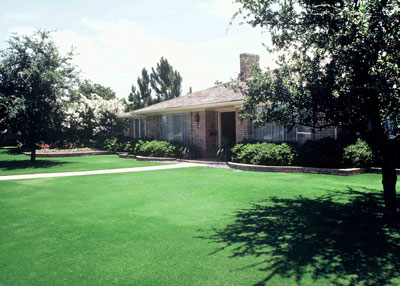
(Liabilities) Expensive to plant; very high maintenance due to frequent mowing; expensive equipment required; fungus spores likely to cause allergies; intolerant of shade; frequently invaded by common bermuda.
St. Augustine:
(Assets) Our most shade-tolerant turfgrass; maintains bright green color all season; crowds out other grasses and most weeds (except nutsedge and dallisgrass).
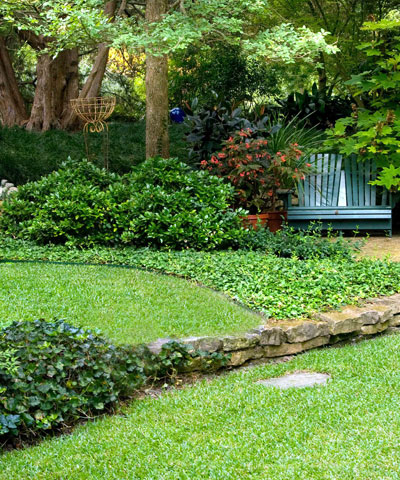
(Liabilities) Intolerant of foot traffic because it has only stolons (above-ground runners); not as winter-hardy as other grasses in northern parts of Texas; requires more water than bermuda; subject to a few more insect, disease problems than other grasses.
Zoysias:
(Assets) Intermediate to bermuda and St. Augustine in respect to texture and shade tolerance; growing in popularity and a good choice in many parts of Texas if you find a variety well suited to your area. We will be seeing much more of the zoysias in the future.
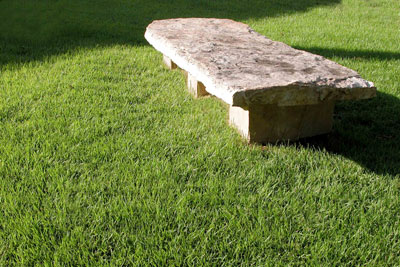
(Liabilities) Expensive to plant (sod) and slow to cover; comparatively long “brown” season in winter.
Buffalograss:
(Assets) Drought-tolerant (but turns brown when dry, almost a fire hazard); native to Great Plains, so suited to many Texas soils, climate.
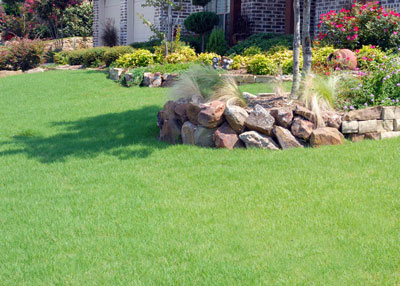
(Liabilities) Easily invaded by bermuda if a seed source is nearby. This is a huge downside, as most buffalograss lawns have evolved into bermuda turf within just a few years. There is no way to stop it from happening.
Tall Fescue:
(Assets) Cool-season grass that is green all winter, and where summers are mild in Panhandle and mountains of West Texas; about as tolerant of shade as St. Augustine is.
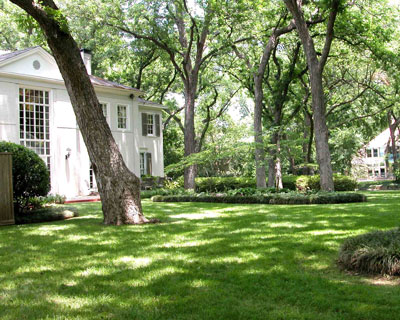
(Liabilities) Difficult to keep through a hot Texas summer, especially in the eastern and southern parts of the state; must be seeded in September; will be out of sequence with warm-season grasses (green when they aren’t, and relatively brown when they’re green); must be mowed much higher than warm-season grasses.
